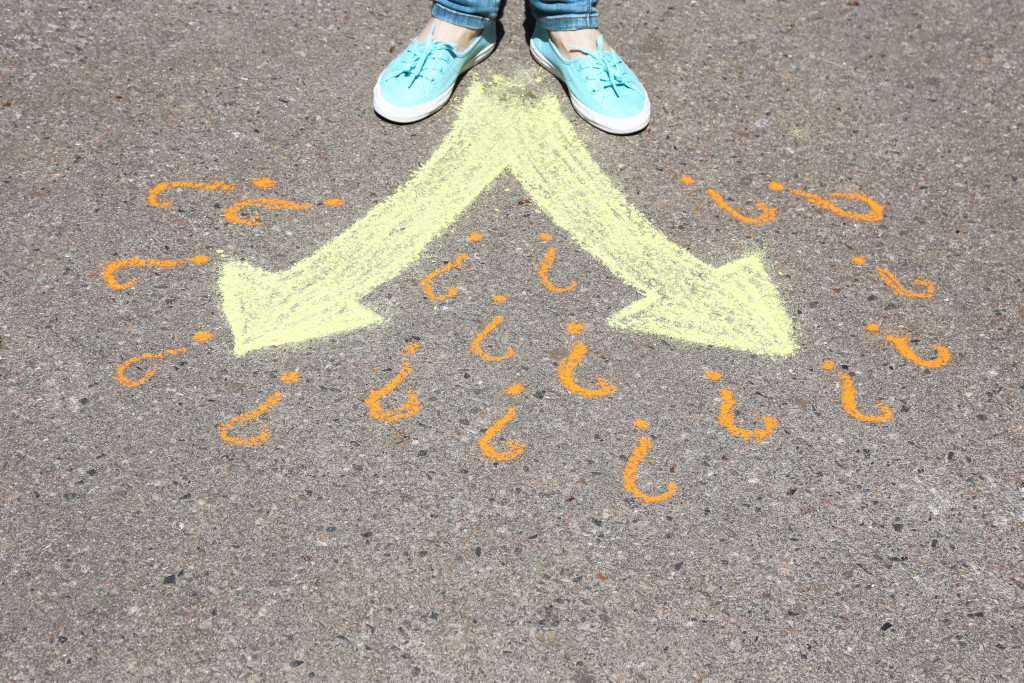I was going through my firm’s old files the other day when I came across a thank-you note written by a former client. I am a paralegal at Family Diplomacy: A Collaborative Law Firm and work with attorney Adam B. Cordover. The client thanks both Adam and me in the note, and, although I am involved in supporting the lawyer in the collaborative work he does in his divorce matters, I am always surprised by client recognition.
The case had been one of our toughest, both for Adam and for me.
One day in early fall, I found myself taking a call from a woman who was nearly hysterical. After I answered her initial questions verifying that, in fact, we did collaborative divorce work, and that she correctly understood what that looked like from our website and the on-line research she had done, it turned out that she had been trapped in a conventional courtroom divorce for what must have seemed like forever. I spent half an hour listening to her describe the relentless intensity of years of litigation and how the stress had nearly destroyed her… and everyone she loved.
She met with Adam the next day. I remember how surprised I was when he walked out of his office with her and explained that we would be sending our collaborative request letter to her husband’s current litigation counsel.

“Really,” I questioned him, after she left, “are you sure it’s worth the time and money? They’ve been in court for so long! Do you really believe her husband will consider getting out of the court system and entering the collaborative process?”
“It’s worth a try,” he answered, optimistically. “At least he already knows what litigation is like! Why don’t you get me a draft letter and we’ll see what that looks like?” he suggested.
“Ok,” I acquiesced, without conviction. And then I zeroed in on the really important question, smiling at my ever-upbeat boss. “Who’s the opposing lawyer?”
He told me the name, and added, “Our client tells me her husband has had the same lawyer for the last five years. Further, our client has hired six attorneys before meeting us.”
I didn’t say anything, mostly because he knew what I was thinking. Six previous lawyers are not a good sign. Further, the husband’s attorney has a reputation for being an aggressive trial attorney. She’s not going to agree to collaborate.
All I said was, “Has she been collaboratively trained?”
“We’ll ask, and offer to work with her regardless, if she’s willing, and the rest of the team is experienced and can support her,” was Adam’s response.
She also trusted the collaborative process which made all the difference.
No one was more surprised than I was when she assured Adam that she and her client were willing to abate the litigation and enter into the collaborative law process.
Our client was overjoyed. When I called to give her the good news, she told me that she’d lost all hope until she’d found our website, and had talked to me about what we did here.
Three full team meetings later, our client had an executed marital settlement agreement. Don’t make the mistake of thinking her divorce was easy; it was not.
While the matter was ongoing, I spoke with our client at least once a week, often for twenty or thirty minutes at a time; in addition, we often e-mailed back and forth several times each week. She shared her deepest fears with me, as well as her thoughts, musings, and updates, both good and bad, on what was happening in her life and her perspective on the team meetings. Coming at the end of a very stormy relationship and years of litigation, at times it took everything she had to keep calm through this process. She did not trust her husband or his counsel, but she trusted me and my boss.
She also trusted the collaborative process, which made all the difference.
She followed the suggestions of the team professionals and, according to Adam, conducted herself admirably in the team and individual meetings. It was important to her to contact me after each one to let me know how she was really feeling, and to vent. As it turned out, I served as part of her support system, because she didn’t want to burden her family with her concerns.
If it helped her, I was happy to do it.
It wasn’t just to vent, mind you. The litigation had taken its toll on her and created a very apprehensive woman who needed to know that we understood what was important to her, and that we were diligently paying attention to every aspect of her divorce. If we had been lax in responding to her, or given her the impression that we were too busy to listen to her, it would have increased her anxiety ten-fold.
It is simply not cost-effective for a client to talk to her attorney about every feeling and idea she has; she needed to save her money to discuss the important legal issues with Adam.
As support staff, one of the most important things we can do for our clients, whether collaborative or not, is to be responsive and compassionate. I respond to every phone call and e-mail we receive that same day, if I am in the office, and, if I’m not, my voice mail or e-mail says so and assures the client that I will when I return.

A client needs to know that she is heard, that her matter is a priority, and that everything that can be accomplished to resolve her issues as effectively as possible is being done.
It is not always prudent for the attorney to put out the fire, especially if it is of an emotional nature. It is my job to listen, to be understanding, and to offer either condolence, or the reassurance that we are on our client’s side, just as much as it is my job to answer the phones, to draft documents, and to schedule conferences. Often, I can put out the fire instead of my boss.
Anyone can answer the phone and take messages. It takes a caring and committed professional to keep an anxious and emotional client calm and focused.
I have had the opportunity to get to know some wonderful people. When we complete their cases, although I know that I should not be, I’m sorry to see them go. I almost always miss them.
So I miss this client. I was delighted when I first read her evaluation, and I’m just as thrilled now to know how much she appreciated my services. Clients may not always remember to tell you how much they appreciate you during the most stressful time of their lives, but, if you do your job right, you’ll know that they do.
About this week’s author: Jennifer Gunnin.
You can learn more about Jennifer’s firm, attorney Adam B. Cordover, and the collaborative family lawprocess at (813) 443-0615 or http://FamilyDiplomacy.com.
Need advice now? Contact Joryn!
Joryn, attorney and Open Palm Founder, began her own firm here in Tampa after a 14-year career in law while also serving as a full-time professor in law at Stetson University. She is a recipient of the prestigious A. Sherman Christensen award, an honor bestowed upon those who have provided exceptional leadership to The American Inns of Court Movement. For more information on Joryn’s professional experience, take a look at her resume.














